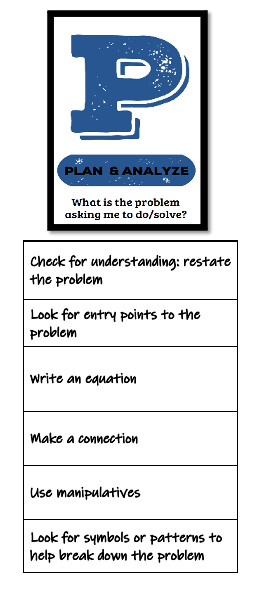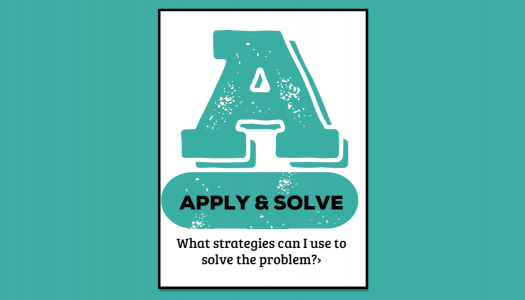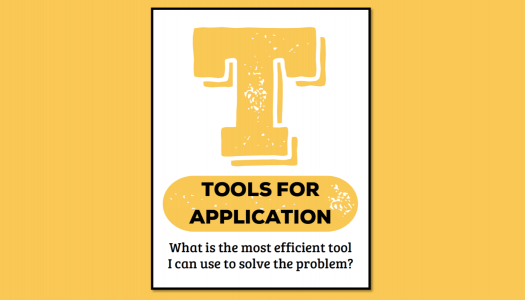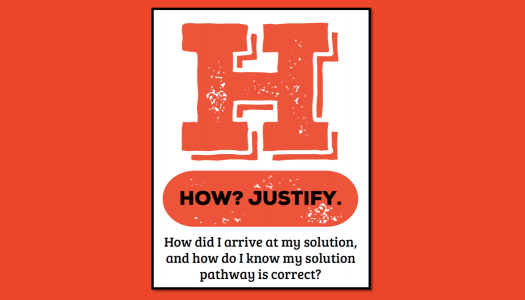Math Menu—Plan (and analyze)
Join Our Community
Access this resource now. Get up to three resources every month for free.
Choose from thousands of articles, lessons, guides, videos, and printables.
“A curriculum is more than a collection of activities; it must be coherent, focused on important mathematics, and well-articulated across the grades.” –NCTM Executive Summary
The first component of the PATH Math Menu is – Plan and Analyze: Make Sense of the Problem.
As I reflect on my own experiences as a student learning math and as a teacher teaching math, I have two memories that stand out vividly. As a student, I remember multiple teachers telling me and my classmates to make sure that we checked our work. Maybe my classmates knew what that meant – or perhaps some of them were as unsure about what that meant as I was!
Fast forward years later and as I taught math to fifth graders I found myself repeating the same words that other teachers had said to me years earlier…”be sure to check your work”. Embarrassing as it is to admit, I said the words but never taught my students how to use this strategy. One day, a student boldly raised his hand and framed the following question to me, “I know that you always tell us to check our work – I hear you say it, but I don’t have any idea what you want me to do. How do you check your work?”. This poignant statement caused me to look deeper at my own teaching practices and to seek out answers to questions that I began to ask myself.
I believe that the teachers who told me to check my work wanted me to make sure I understood the concept that I was learning, that my work was free of errors and that I had fixed any mistakes that I may have made. This is what I hoped my students would do when I said the same thing to them. Although our intentions were good, we did not give our students modeling and skills to support them with this strategy.
The National Council for Teaching Mathematics (NCTM) has identified five process standards that “highlight ways of acquiring and applying content knowledge”:
- Problem Solving
- Reasoning and Proof
- Communication
- Connections
- Representations
By looking closely at these process standards, as well as specifically looking at the Standards for Mathematical Practice, we have identified six strategies in the first component of the PATH Math Menu, that align to these process standards. We can teach these strategies students to support them as they become proficient mathematicians.
- Check for Understanding: Restate the Problem
- Look for Entry Points to the Problem
- Write an Equation
- Make a Connection
- Use Manipulatives
- Look for symbols or patterns to help you break down the problem
You will notice that in addition to these six strategies, we have also included a guiding question to aide you an your students with understanding the purpose of this component: What is this problem asking me to do/solve for?

These are specific strategies that we can teach our students, at any grade level, that will support them with myriad mathematical concepts. As we roll out this menu, we will be releasing the videos as well as Ready Reference Guides that will support you with how to teach these strategies to your students.
It is our hope that this PATH Menu will be a tool that supports you as you work to help all students become better at math.








